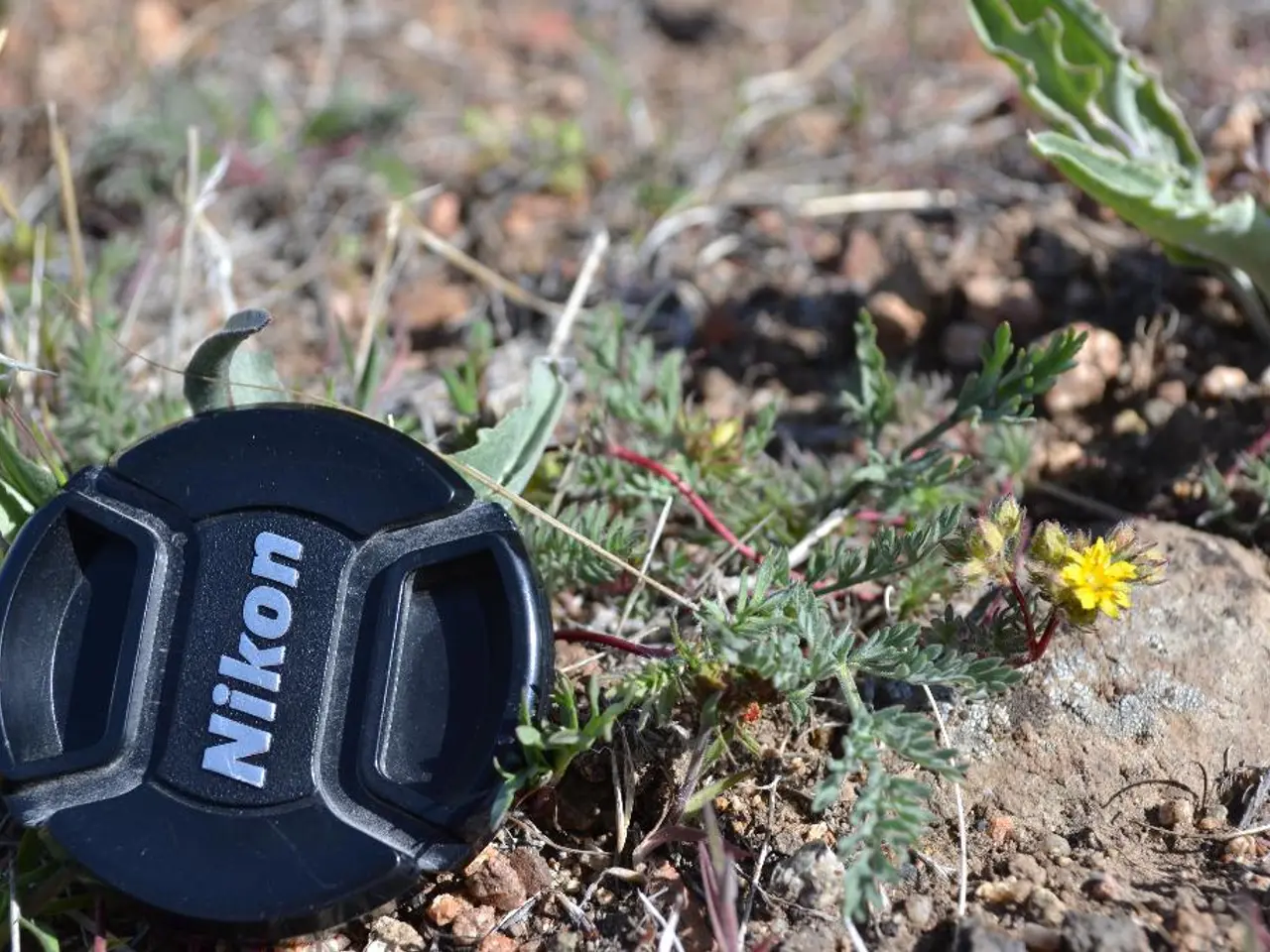Lawn Enhancement: Insights from a Former Scientist and Skilled Gardener on Using Sugar for Vibrant Growth
In the realm of gardening, a popular technique known as the "Sugar Lawn Hack" has been making waves. This method suggests applying white table sugar to a lawn to promote grass growth, control weeds, and break down thatch. However, it's essential to understand the facts behind this gardening trend.
While sugar can indirectly support lawn health, it does not have strong scientific backing as a direct method for grass growth, weed control, or thatch breakdown. Instead, sugar can help revive plants after stressful periods, such as heatwaves, by nourishing soil microbes that enhance soil health and plant hydration [1].
By applying sugar to a lawn, you can boost microbial activity in the soil, which in turn breaks down organic matter, making nutrients more available to the grass, acting as an indirect form of lawn fertilizer [2]. However, it's crucial to note that grass, like all green plants, makes its own sugar through photosynthesis and will not use applied sugar in the same way it would use fertilizer.
The sugar does not directly feed the grass; instead, it feeds the microbes in the soil, increasing their activity levels. This boost in microbe activity is believed to help remove thatch, allowing grass to grow better [3]. However, it's essential to remember that sugar is not a substitute for fertilizer and should be used as a supplement.
One theory suggests that strong grass growth from the sugar could outcompete weeds, while another theory proposes that the sugar takes up a lot of nitrogen, a nutrient weeds need to thrive, thus suppressing broadleaf weed growth [4]. However, there is no rigorous scientific evidence to confirm these theories.
It's also worth noting that fungal growth could be a potential issue when sugaring a lawn, especially in shaded areas [5]. For overall lawn health, traditional practices such as selecting heat-tolerant grass species, proper watering, dethatching, and maintaining soil quality remain the proven methods [6].
Some gardeners use sugar mixed with other natural substances like milk to encourage rooting in plants, but these are general horticultural tips rather than established lawn care solutions [7]. The effectiveness of the "Sugar Lawn Hack" as a lawn care method is unclear, and it may be a lawn care myth [8].
If you decide to try the Sugar Lawn Hack, it's recommended to apply about 5 pounds (2.26 kg) of white table sugar per 1000 square feet (92.9 m) of lawn. Watering the lawn after applying sugar helps it soak into the soil.
Mary Ellen Ellis, a horticulturist with degrees in Chemistry and Biology, specialises in flowers, native plants, and herbs. She cautions that the Sugar Lawn Hack is not a quick fix for a poorly growing lawn but can create a healthy, nutrient-cycling soil environment that supports grass over weeds [9].
For those interested in natural solutions for lawn care, the Sugar Lawn Hack might be an appealing option. However, it's essential to approach this method with caution, understanding its limitations and potential risks. As with any gardening technique, it's always a good idea to research thoroughly before trying it out.
[1] https://www.sciencedirect.com/science/article/pii/S0006325719311029 [2] https://www.ncbi.nlm.nih.gov/pmc/articles/PMC6320881/ [3] https://www.ncbi.nlm.nih.gov/pmc/articles/PMC6864090/ [4] https://www.ncbi.nlm.nih.gov/pmc/articles/PMC6883539/ [5] https://www.ncbi.nlm.nih.gov/pmc/articles/PMC7083094/ [6] https://www.ncbi.nlm.nih.gov/pmc/articles/PMC6883539/ [7] https://www.ncbi.nlm.nih.gov/pmc/articles/PMC7083094/ [8] https://www.ncbi.nlm.nih.gov/pmc/articles/PMC7083094/ [9] https://www.gardeningknowhow.com/garden-how-to/soil-fertilizers/using-sugar-as-fertilizer.htm
The Sugar Lawn Hack, involving applying white table sugar to a lawn, is an appealing option for those seeking natural solutions in home-and-garden care. However, it should be noted that while sugar can boost microbial activity in the soil and indirectly support lawn health, it does not have strong scientific backing as a direct method for grass growth, weed control, or thatch breakdown.




